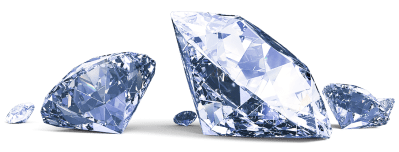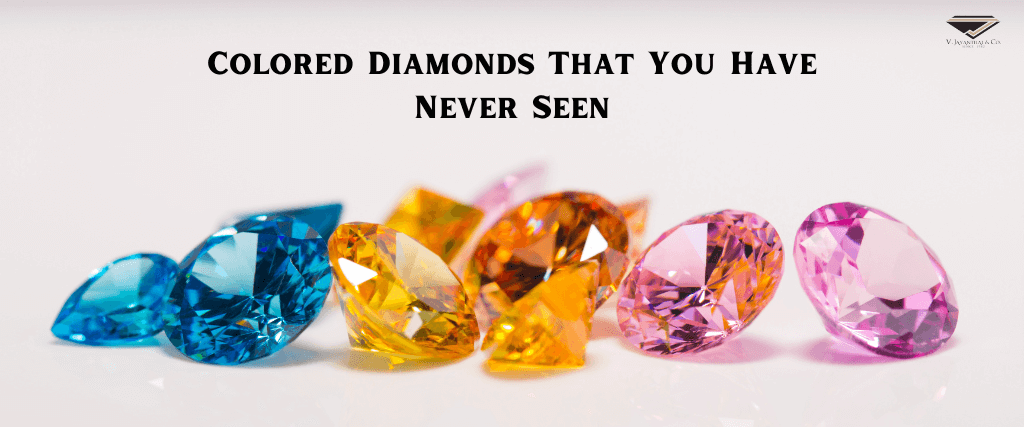
There are many more colours of diamonds than just the often observed clear type, ranging from vivid red tones to deep green sparkles. These highly prized jewels, which cover all the colours of the rainbow, are treasured for their stunning hues and rarity in nature. However, some fancy-colored diamonds are rarer than others. There are a few colors that are so rare that collectors and diamond enthusiasts highly seek after the singular stones on the market.
To assist you in determining whether a colored gemstone is a suitable fit for you and your piece of diamond jewellery, in this post, we'll examine which colours are the rarest and learn how that rarity influences cost and availability.
Why are some diamonds different colour
As the diamonds originate deep under the ground, each natural colour has its unique combination of minerals, ambient pressures and temperatures, the incubation period (often aeons), gases, elements, and other variables.
Diamonds are scientifically classified as either Type I or Type II, depending on whether nitrogen is present and how it is configured within the matrix.
TYPE I DIAMONDS
About 98% of all gem diamonds are of type IaA or IaB; IaA is mostly found in the Cape Province of South Africa, while IaB is found in the Buffalo Hills of Namibia and Eurasia. In the matrix of Type IaA diamonds, nitrogen atoms are paired, but in Type IaB, they are clustered. Because they frequently combine with Type IaA in the same stone, pure Type IaB diamonds are rare.
TYPE II DIAMONDS
These are the most sought-after by collectors and investors. Type IIA is chemically the purest, with no measurable nitrogen or boron impurities. Type IIB includes no nitrogen but does contain boron.
Red Diamond
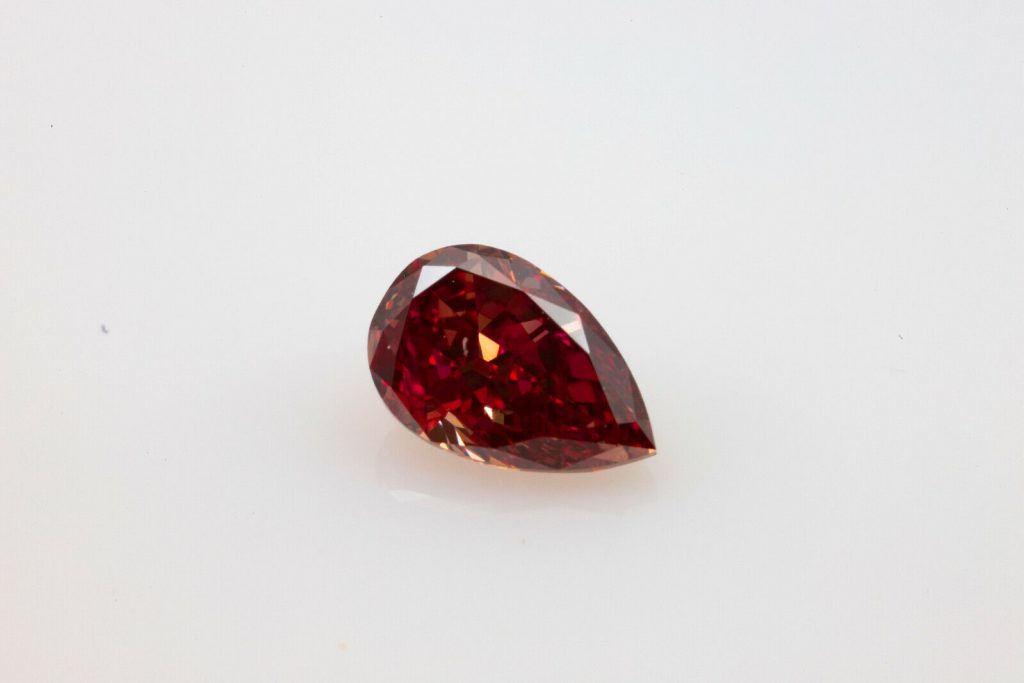
Of the various colours, Fancy Red Diamonds are by far the rarest. They are rare and are sourced from very few locations worldwide. The exact processes that create red diamonds remain a mystery. They are generally thought to involve plastic deformation that distorts their molecular structures. Only 20 to 30 natural red diamonds exist worldwide, making them the rarest of all colored diamonds. The Moussaieff Red, a 5.11-carat fancy-red diamond with an IF clarity grading, is among the two most well-known Red diamonds. This stunning stone is renowned as the world's biggest internally flawless red diamond, the Hancock Red Diamond, A 0.95-carat Fancy purple-red Round Brilliant Diamond. Despite being somewhat less than a carat, this stone is among the most well-known red diamonds ever because of its color.
Blue Diamond

Blue diamonds, which have only been discovered naturally in diamond mines in South Africa, India, and Australia, are also exceedingly uncommon. They are pushed from deep underground to the surface by little volcanoes called Kimbers. They are coloured because of the presence of hydrogen and boron. The element boron, which takes the place of carbon in the diamond crystal structure throughout the development process, gives these ice stones their distinctive colour. Blue diamonds can be any shade, from a subtle blue tint to an alluring deep blue. They are categorised as Type IIb Fancy and range in colour from Faint Blue to Fancy Dark Blue, with the majority having an additional tint. The Hope Diamond, a 45.52-carat fancy deep grayish-Blue diamond with a VS1 clarity rating, is one of the most well-known Blue diamonds ever discovered. A fancy deep blue diamond weighing 31.06 carats with an IF (internally flawless) clarity grade is known as the Wittelsbach Graff.
Yellow Diamond
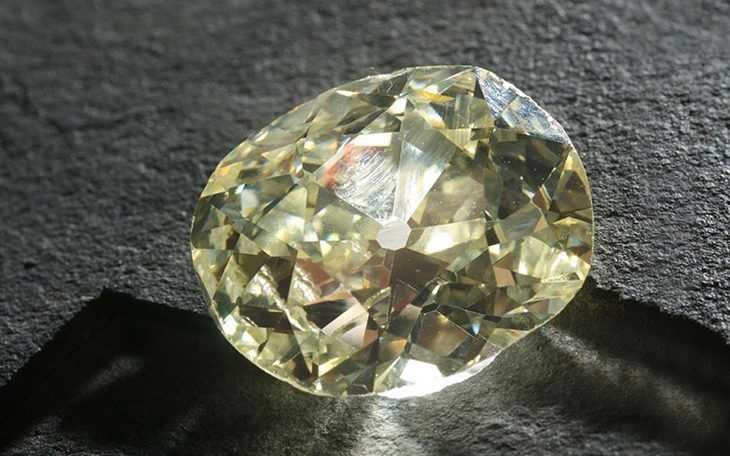
Yellow diamonds get their color from nitrogen during formation. All it takes is a 0.10% concentration within the matrix! However, the most desired are Canary Yellow Diamonds, pure yellow fancy diamonds that are more costly than other yellow stones. Surprisingly, some yellow diamonds can cost less than a colourless stone of comparable size and value. With a weight of 100.90 carats and a price tag of $16.3 million, the Graff Vivid Yellow diamond was the biggest and most costly yellow diamond ever sold.
Pink Diamond
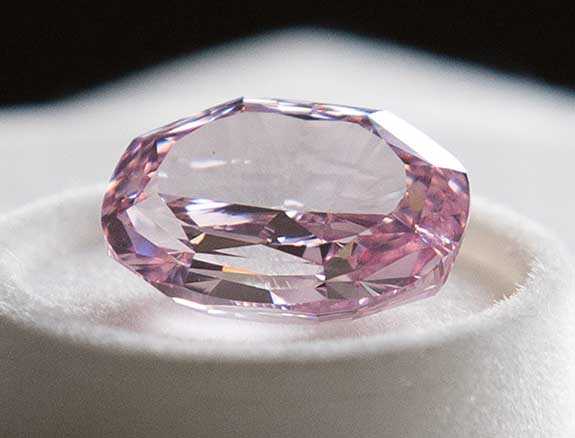
Red and pink diamonds both acquire their colours through plastic deformation in the absence of contaminants. Pink diamonds are now renowned for their amazing financial potential and their highly intense and feminine colours. Pink has long been associated with romance and love, making it a popular diamond wedding band or engagement ring choice. The Graff Pink, a 24.78-carat Fancy Intense Pink diamond, is one of the two best-known pink diamonds. This stone has been assessed to have possible flawless features, which is highly unusual. The Steinmetz Pink is a 59.60-carat fancy vivid pink, internally flawless (IF) stone.
Green Diamond
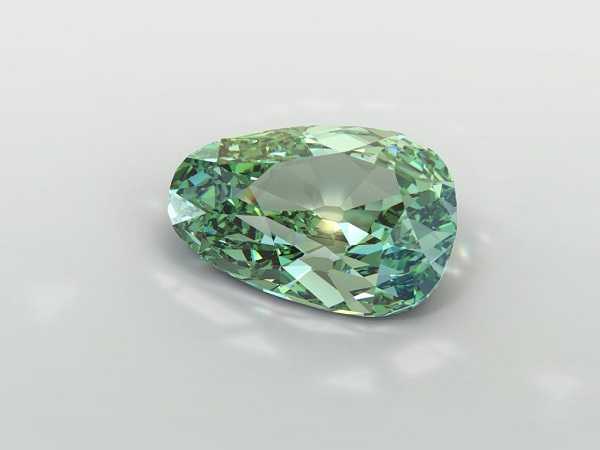
Contrary to other colours, it is almost impossible to identify if any type of artificial enhancement was done on a Green diamond in order to enhance the color. Diamonds turn green through irradiation. Green diamonds, which are among the rarest fancy-colored diamonds, are made of the minerals nitrogen, hydrogen, or nickel. They are from South America, Africa, and India. Therefore, most cutters leave an untouched ‘natural’ along the Girdle of the stone, which is considered acceptable and does not reduce the clarity grade of the diamond.
Two of the most common Green diamonds are Ocean Dream, a 5.51-carat fancy deep blue-green shield-shaped diamond. 40.70-carat, naturally green, pear-shaped diamond, the Dresden Green. The Vivid Green Diamond, which fetched USD $3.08 million at Sotheby's in 2009, was one of the most valuable green diamonds ever sold at auction.
Orange Diamond
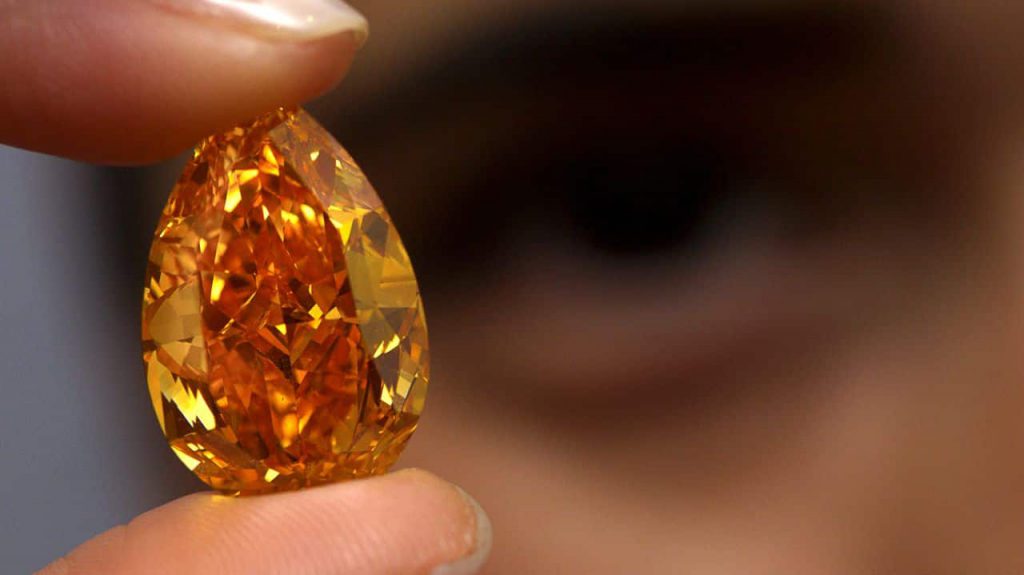
One of the beauties of colored diamonds is that no single stone is better than another. It is simply which colors people prefer. The Dresden Green is a natural, pear-shaped, 40.70-carat green diamond. The Vivid Green Diamond, which sold at Sotheby's in 2009 for USD $3.08 million, was one of the most valuable green diamonds ever sold at auction. Orange diamonds are rare, especially those without secondary colours. Two of the most famous Orange diamonds are the Pumpkin Orange, a 5.54-carat fancy vivid orange cushion-shaped diamond.
Black Diamond
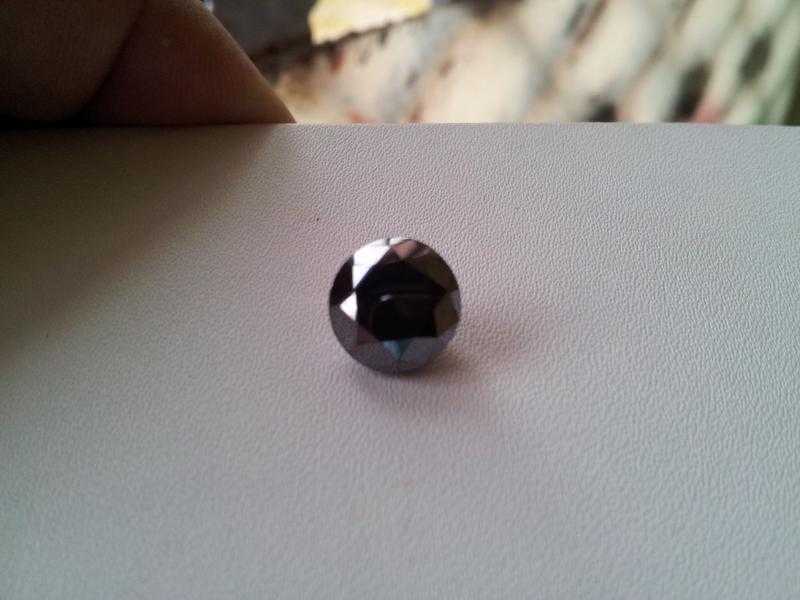
Popular with males, black diamonds, which contain graphite, come from Central Africa and Brazil. They're opacity. Artificial improvement is performed by burning the rough stone to blacken it. Despite being more expensive than colored diamonds, natural black diamonds are rare.
As you can see, there is a lot to learn about diamonds; in fact, what we have covered here is just the tip of the iceberg. Natural diamonds with colour are extremely expensive and rare. You may discover top-notch diamonds in a variety of colours at competitive costs at V. Jayantilal & Co., a reputable diamond production firm.







